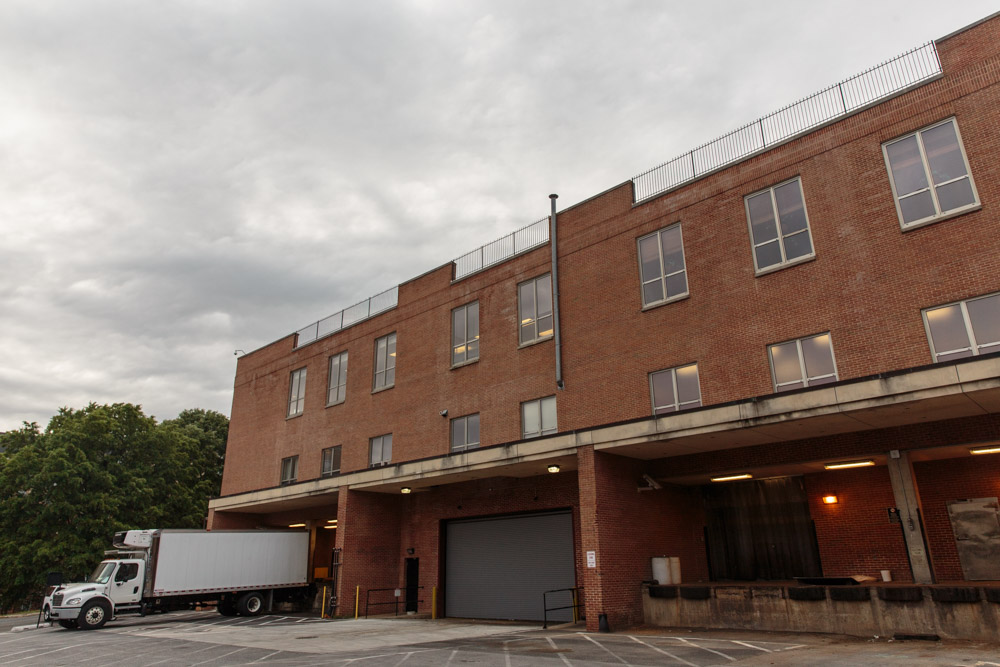By Savannah Williams
For The Diamondback
For the third consecutive year, the University of Maryland has earned high honors in the Campus RainWorks Challenge, a competition through the Environmental Protection Agency that requires student teams to design an innovative infrastructure project for their campus.
This university’s team was composed of engineering and architecture students, who worked together to create an affordable, eco-friendly plan to redesign the loading area behind the South Campus Dining Hall, which is about .97 acres. The group was awarded second place out of 60 college teams.
Mark Dennis, a landscape architecture graduate student, was one of the leaders for the interdisciplinary team.
“We narrowed down the pick of a site on campus after looking at a couple other potential spots,” Dennis said. “It’s kind of confusing, you can go so far to say [the location] is almost unsafe, especially when you get out there like we did and look at traffic patterns and bikes … not to mention, deliveries at all times of the day.”
This project gave students practice in environmental and architectural design and economic decision-making. Victoria Chanse, the professor of LARC748: Advanced Special Topics Studio, said the team worked with cost analysis professionals to predict the project’s materials’ cost down to the cent: $211,122.03. She said this was one of the most achievable projects in this university’s history with the competition.
“We thought we designed a project that could really be built at a decent cost,” Dennis said.
[Read more: UMD graduate students snag EPA challenge win]
Although the team finished strong, Dennis said the team’s aspirations were even higher.
“We thought we had a really good project, and we were hoping to get first place, certainly, because the prior two years had set a very high bar,” Dennis said. “But it seems like there are a lot of other universities catching up.”
This university won first place in the competition in 2014 and 2015.
Chanse said earning high marks in the competition puts this university’s landscape architecture master’s program — which had its first graduating class in 2011 — on the map.
Chanse said the first year the university participated in this challenge, students took on the project outside of classes, but Chanse saw a place for it in her department and incorporated it into the curriculum.
“We’re very tied to a lot of the science involved in rain and storm water,” Chanse said.
[Read more: EPA awards UMD’s Environmental Finance Center new grant]
Stephen Reid, environmental planner at this university, said the team “certainly won for a reason,” and the university will consider implementing this redesign.
Reid also said he worked with the team to identify preliminary locations, but the students ultimately decided which location they wanted to work on, as well as how they wanted to update the space.
“The ultimate goal with these projects is to highlight the potential to take spaces that we have, and not only enhance them for the environment, but also enhance them for the campus community,” Reid said. “The beauty, the safety, you really get a much larger impact.”



